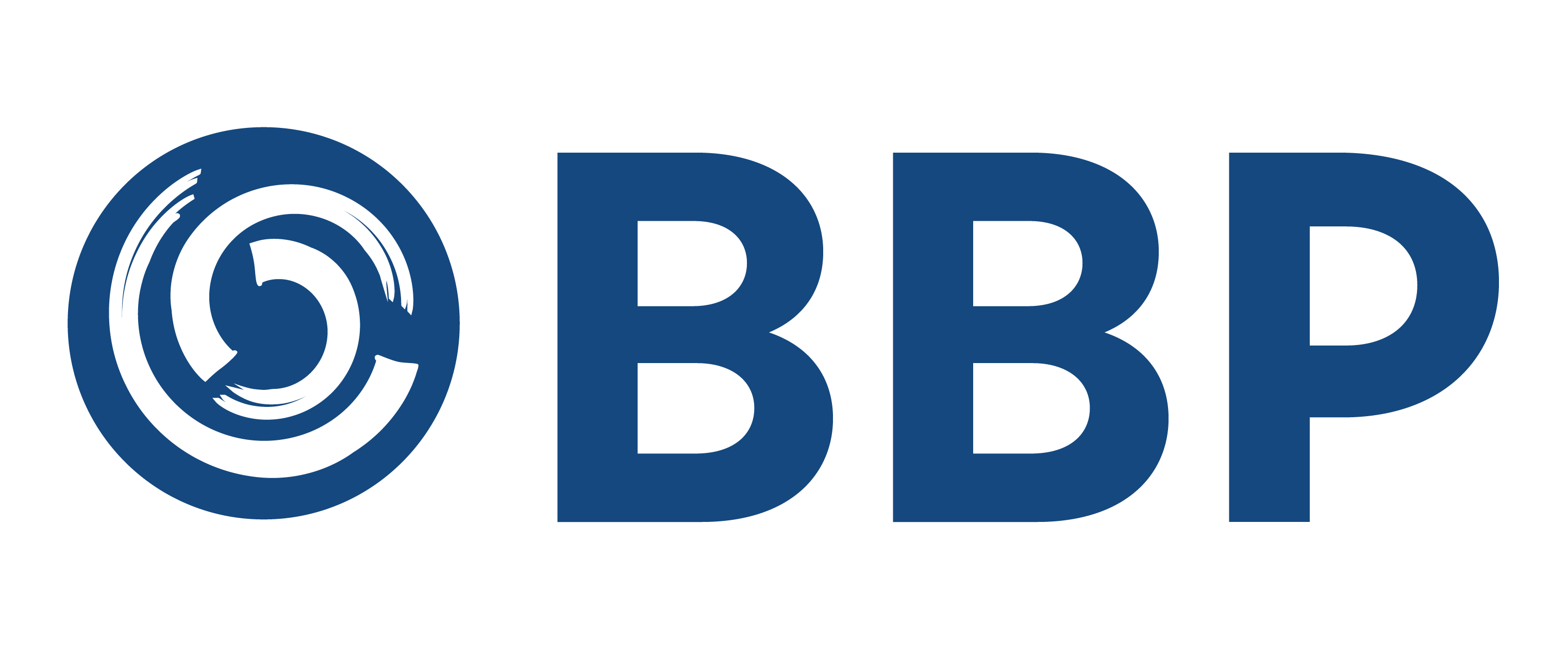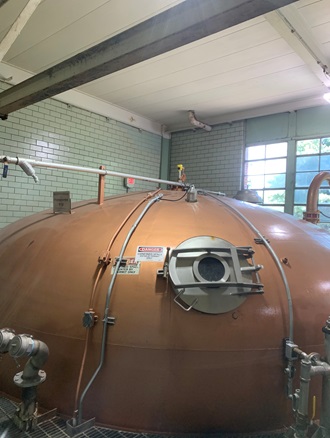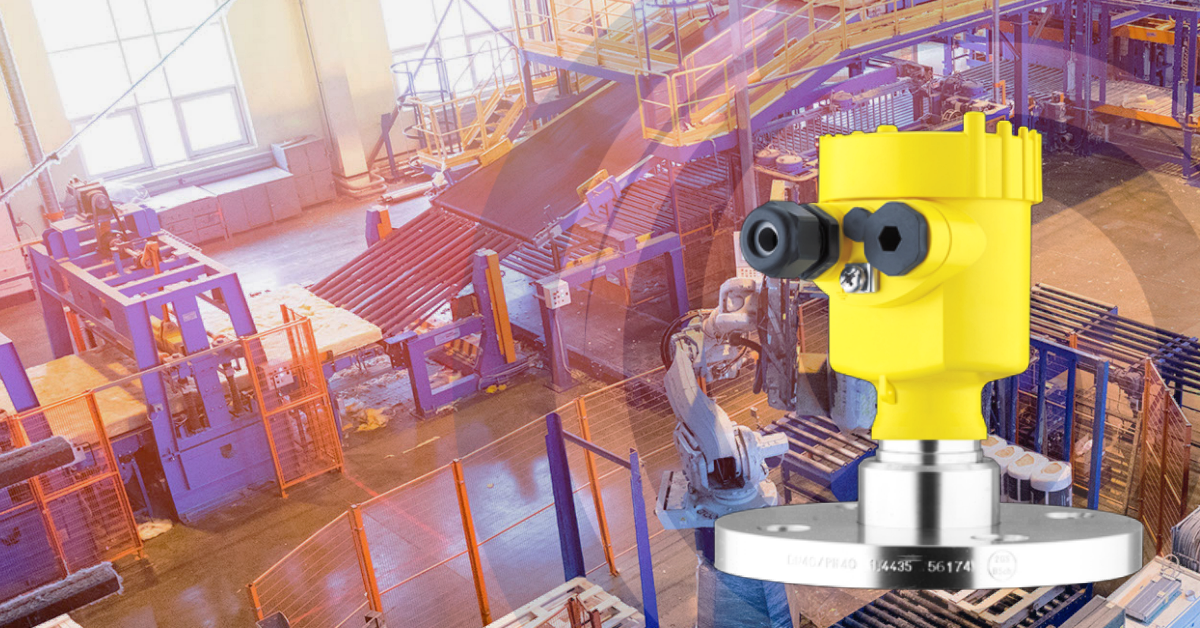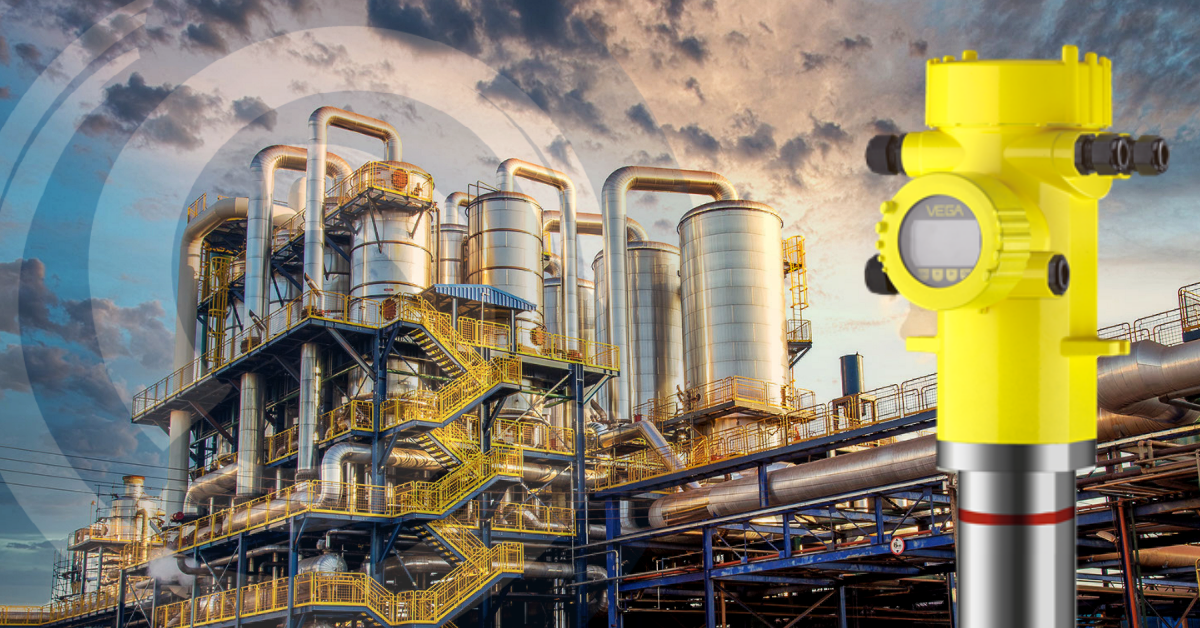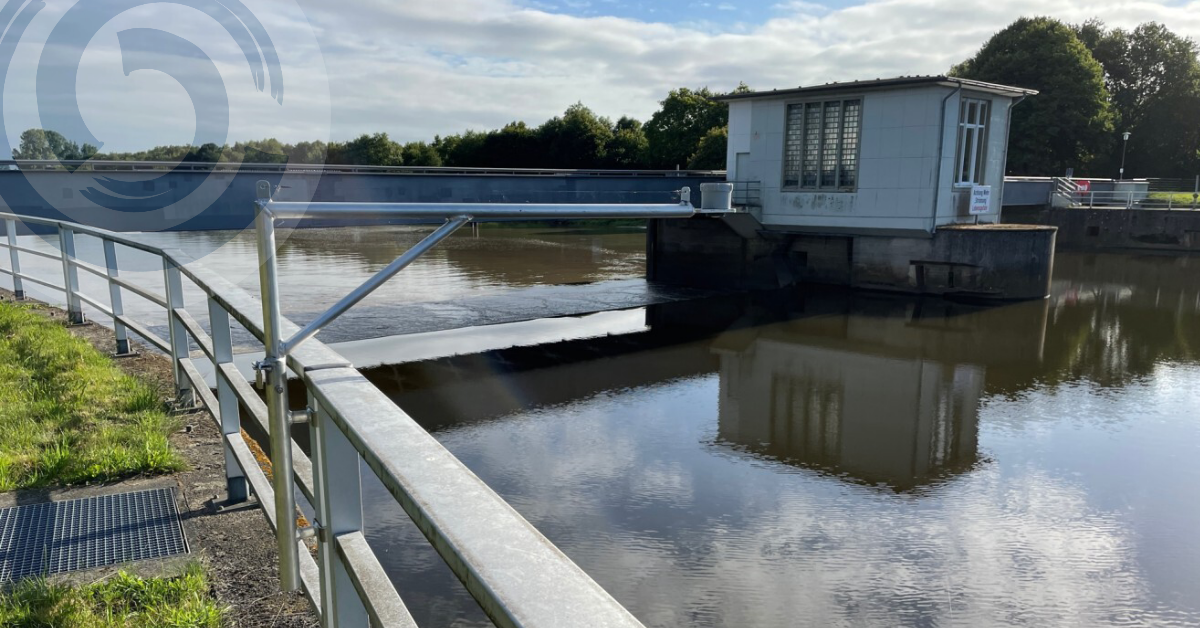
Radar and pressure sensors improve measurements for family-owned distillery
The largest American-owned spirit and wine company shares a lot of similarities with VEGA, a leading process measurement instrumentation company. Not only does this beverage company use VEGA sensors for some of their most critical level and pressure measurements, both companies are family-owned, and they’ve both experienced explosive growth selling their high-quality products around the world.
With these similarities in mind, it comes as no surprise the two companies also share a strong, lasting working relationship. VEGA’s level and pressure measurement instrumentation provides invaluable data in multiple processes at their bourbon distillery in Louisville, Kentucky.
Relationships grown out of better solutions for monitoring grain inventory
It’s only appropriate the two companies’ longstanding relationship started in the same place the distilling process begins – in the grain silos. The Louisville distillery is home to four towering silos, each five stories tall, and operators needed a more reliable level measurement solution.
To monitor grain inventory and track ingredient usage, the distillery was using guided wave radar sensors to measure level in their silos. Guided wave radar measures level by transmitting a signal along a cable spanning the entire length of the silo and using time of flight to calculate a level measurement. This technology works well for most applications, but in grain silos, it can experience difficulties – and this Kentucky distillery was no exception.
The little bit of moisture from the humidity inside the grain silo would mix with the grain dust, causing it to stick to the guided wave radar cable. The buildup on the cable affected the accuracy and reliability of the measurement, so maintenance would have to regularly climb to the top of the silos and hit the guided wave radar cable to knock the buildup free.
The distillery wanted a low-maintenance solution that kept their employees’ feet firmly planted on the ground without the need to regularly check the sensors. They discussed their needs with their local VEGA contact, and after learning more about the application, VEGA suggested a VEGAPULS 69 non-contact 80 GHz radar sensor.
A non-contact solution with radar level measurement
The VEGAPULS 69 is specifically designed for bulk solids level measurements. The radar sensor emits a radio microwave signal toward the product surface, which is then reflected to the radar antenna. The sensor electronics use the time of flight to calculate a measurement, and it does all of this without ever touching the product its measuring.
The radar sensor’s 80 GHz transmission frequency gives the radar a tighter focus than other radar sensors using a lower frequency. This enables the radar to measure all the way to the bottom of the silo – even one as tall as five stories. Additionally, more of the radar signal reaches the product surface, so the radar receives a stronger return signal to provide a more reliable output.
When it comes to buildup and dust, superior electronics within the VEGAPULS 69 allow the radar to “see through” anything that accumulates on the sensor antenna. During filling when dust is most prevalent, the radar sensor ignores any dust clouds because the radio microwave signal moves right through them, never affecting the measurement.
Becoming a valuable resource with multiple technologies
With four new non-contact radar level sensors installed and providing accurate, maintenance-free level measurements, the distillery’s attention turned to another challenging measurement, and this one was a pressure measurement closer to the end of the distilling process.
The evaporator is a pressurized vessel that removes moisture from spent grain leftover from the distilling process. The grain is then sold to farmers as feed for livestock. To remove all the moisture, air from the evaporator is removed and the pressure drops to a full vacuum.
The distillery uses a differential pressure measurement to control the process in the evaporator. However, spent grains commonly got stuck in the impulse lines, clogging the lines and resulting in measurement errors. Again, regular maintenance and cleanings were necessary, so VEGA recommended using two VEGABAR pressure sensors in an electronic differential system.
When two pressure sensors are better than one: EDP
With electronic differential pressure, two different pressure sensors – a primary and a secondary – are connected by a small electrical cable to do the same job as a single dual-sided transducer. The sensor electronics within the primary sensor use the outputs from both sensors to calculate a differential pressure measurement.
Additionally, many VEGABAR pressure sensors use ceramic measuring cells instead of the traditional metallic measuring cells. Ceramic is abrasion-resistant, so pressure sensors with these cells can withstand harsh environments like the grains in the bottom of the evaporator vessel. Plus, ceramic pressure cells are drift-free and require fewer routine calibrations.
Using electronic differential pressure eliminates any impulse lines, and therefore, the possibility of those lines getting clogged or the necessity to regularly check and clean them. Once the distillery factored in the ceramic cells, the costs of routine maintenance and process shutdowns virtually disappeared, and the distillery is now getting the same measurement more reliably than ever before.
Trusting the level and pressure measurement experts
With proven measurement solutions working at both the beginning and the end of their process, the distillery continued their work with VEGA over the years for many of their level and pressure measurements. With each opportunity, their personal VEGA contact offered a solution to meet their needs.
For simple level measurements in small grain meal bins before fermentation begins, the distillery installed VEGAPULS 21. In the cooker, where process conditions are constantly changing, the distillery is using the more robust VEGAPULS 64 – the VEGAPULS 69’s counterpart for liquid level measurement. All these radar sensors use 80 GHz technology. The differences lie in their bandwidths, hardware, and software optimized for their specific purpose.
The distillery uses VEGAPULS 64 radar sensors throughout the fermentation room. On top of eleven different fermenter vessels with dish bottoms – each 42,000 gallons and 3 stories tall – a VEGAPULS 64 outputs a volumetric measurement. Nearby, another VEGAPULS 64 outputs level on a large beer well vessel.
The distillery installed these sensors after careful consideration, researching their options, and consulting with VEGA. In the end, partnering with VEGA was the right decision for them because of the product and the service they receive.
Quick response to urgent instrumentation needs
The distillery has worked with VEGA for many years now, so when the distillery runs into a problem relating to any of their level and pressure measurements, VEGA is their first call. When a pressure sensor failed in the distillery’s equalization tank early one morning, they reached out to their local VEGA contact.
Fortunately, their VEGA connection had a spare VEGAPULS 21 level measurement sensor. While it wasn’t a direct replacement in terms of technology, it was just a matter of learning more about the process and discovering whether the sensor could work in their application. After a brief discussion that morning, VEGA was in their facility that afternoon, and the distillery had a working level measurement only a few hours after the original had failed.
A mutually beneficial relationship now and into the future
As these two family-owned businesses have worked together, they’ve watched both their working relationship and their companies grow. VEGA has learned more about the distilling process and what it requires from its instrumentation. And the distillery has been able to optimize their process with accurate, more reliable level and pressure measurement instrumentation.
As the distillery looks to the future, they’re planning to upgrade their current equipment and expand their distilling capabilities. This will be the first major capital investment the company has made in well over 50 years, and as they grow their operation, VEGA will be right there to assist with any level and pressure measurements throughout the facility.

